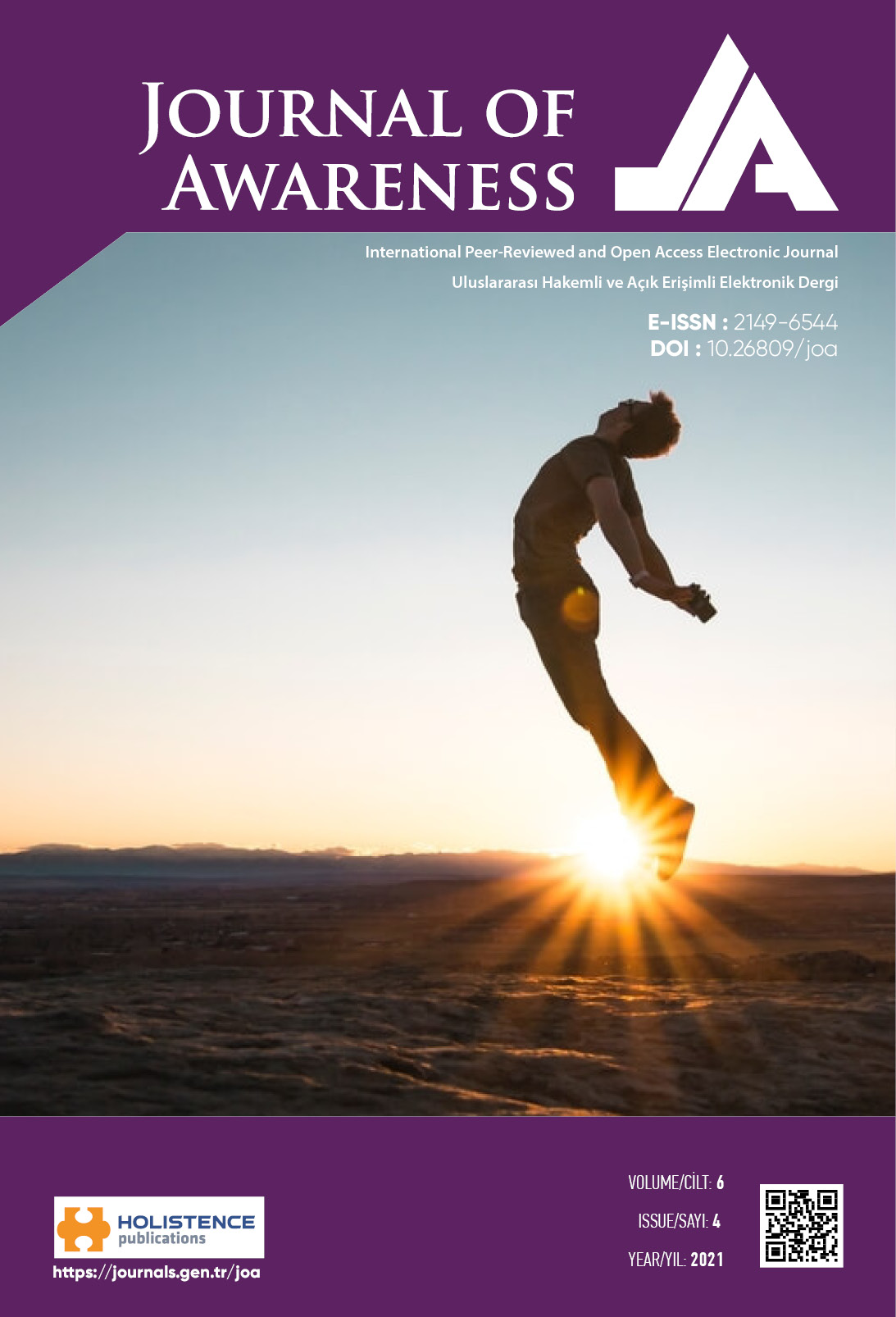Ayasuluk Castle Restorations
DOI:
https://doi.org/10.26809/joa.6.4.01Keywords:
Ephesos, Ayasuluk, Ayasuluk Castle, Restoration, Conservation, ArchaeologyAbstract
Ayasuluk Castle was built at the highest elevation of the hill rising to the south west of the modern Selçuk settlement in Selçuk district of İzmir province today. Functional structures such as castles, bridges, cisterns, and roads are often functional structures that do not represent a community, nationality, or religion (such as a palace, temple, or victory monument). Therefore, even if the sovereignty in an area is different, such functional structures have not been destroyed, even repaired and reused. The different phases seen when looking at Ayasuluk Castle show this. The earliest phase of Ayasuluk Castle that has been found so far is the Hellenistic period city wall ruins on the southeast skirts of Ayasuluk Castle, which is still standing today. These ruins show that there was a castle structure since the Hellenistic period. It is known that the Ayasuluk Castle, which is still standing today, was built during the Byzantine period. However, most of the building we see today are Restoration and Early Ottoman additions. When the Ayasuluk Castle Restorations started in the 1960s, the purpose was the same as in the restoration activities of the entire period, and the area that can be best seen from the city was to become a destination center. For this reason, the part of the Ayasuluk Castle that will be seen in Selçuk has been restored on the east and south facades. Afterwards, studies were carried out in an area that was destroyed in the early 2000s, and Pamukkale University Archeology Department The necessary projects for the restoration of the Ayasuluk Castle were prepared and the restorations were initiated as a part of the scientific studies initiated with the presidency of Asst. Assoc. Dr. Mustafa BÜYÜKKOLANCI with the aim of opening the castle to visitors. The strengthening works of the Castle, which was opened to visitors in 2014, continued until 2017 and it was aimed to continue these studies with sustainable conservation studies. It is aimed to reach results for the applications that should be in historical buildings through the history of 60 years of restoration applications, developing and changing conservation awareness, faulty applications that continue until today and incorrectly used materials.
Downloads
References
BARAN M. (1958). Selçuk –St. Jean Kilisesi Restorasyonu Beş Yıllık Çalışma Programı. T.C. Kültür ve Turizm Bakanlığı Ayasuluk Tepesi ve St. Jean Anıtı Kazı Arşivi.
BARAN, M. (1963). St. Jean Kilisesi 1963 İlkbahar Çalışmaları. T.C. Kültür ve Turizm Bakanlığı Ayasuluk Tepesi ve St. Jean Anıtı Kazı Arşivi. İzmir.
BARANAYDIN, F. (2019). Ayasuluk Tepesi ve St. Jean Anıtı 2017 Yılı Çalışmaları Işığında Taş Eser Restorasyon ve Konservasyon Uygulamaları. Dokuz Eylül Üniversitesi Güzel Sanatlar Fakültesi (Yedi), (21), ss. 11-20.
BARANAYDIN, F. & BARANAYDIN, D. (2019). Ayasuluk Hill And St. Jean Monument Excavation Stone Work Restoration And Conservation Works In 2018. XII. International Multidisciplinary Congress of Eurasia. 16 – 24.
BUGANI, S., CAMAITI, M., MORSELLI, L., VAN DE CASTEELE, E. & JANSSENS, K. (2008). Investigating Morphological Changes in Treated vs. Untreated Stone Building Materialsby X-Ray Micro-CT. Analytical and Bioanalytical Chemistry. 391. 1343-1350.
BÜYÜKKOLANCI, M. (2008a). Ayasuluk Tepesi ve St. Jean 2007 Kazıları. Kazı Sonuçları Toplantısı. Sayı: 30/4, 219 -232.
BÜYÜKKOLANCI, M. (2008b). Selçuk Ayasuluk Tepesi (Eski Efes) “Apasas” mı?, (Ed. Armağan, E. – Ö., Günel, S. ve Deniz, U.) Batı Anadolu ve Doğu Akdeniz Geç Tunç Çağı kültürleri üzerine yeni araştırmalar. Ankara: Hacettepe Üniversitesi Yayınları, ss. 41-55.
BÜYÜKKOLANCI, M. (2009). 2008 Yılı Ayasuluk Tepesi ve St. Jean Anıtı kazı ve onarım çalışmaları, Kazı Sonuçları Toplantısı, Sayı: 31/3, 131-144.
BÜYÜKKOLANCI, M. (2014). Aziz Yuhanna St. Jean (Aziz Yuhanna) Hac Kilisesi ve Ayasuluk Kalesi, İzmir: Hitit Color.
BÜYÜKKOLANCI, M., (2015), “Ayasuluk İç Kale Onarım Süreci” Ömer Özyiğit’e Armağan, Ed. E. Okan-C. Atila, İstanbul 2015, s. 65-70.
BÜYÜKKOLANCI, M., YILMAZ, G., YILMAZ, F. & ULUSOY, P. (2013). 2012 Yılı Ayasuluk Tepesi Ve St. Jean Anıtı Kazı Ve Onarım Çalışmaları. Kazı Sonuçları Toplantısı. Sayı: 35/1, 486 -504.
CARTA DEL RESTAURO. (1931). http://www.icomos.org.tr/Dosyalar/ICOMOSTR_tr0660878001536681682.pdf (Erişim Tarihi: 29.03.2019)
DÖNDÜREN, M. S., ŞİŞİK, Ö. & DEMİRÖZ, A. (2017). Tarihi Yapılarda Görülen Hasar Türleri. Selçuk Üniversitesi Sosyal ve Teknik Araştırmalar Dergisi. Sayı: 13, 45-58.
HASOL, D. (2008). Ansiklopedik Mimarlık Sözlüğü, İstanbul: Yem Yayınları.
ICOMOS. (2013). Icomos Türkiye Mimari Mirası Koruma Bildirgesi. http://www.icomos.org.tr/Dosyalar/ICOMOSTR_tr0784192001542192602.pdf (Erişim Tarihi: 29.03.2019).
LLYOD, S. (2000). Türkiye’nin Tarihi. TUBİTAK. Ankara
NARA ÖZGÜNLÜK BELGESİ (1994). http://www.icomos.org.tr/Dosyalar/ICOMOSTR_tr0756646001536913861.pdf (Erişim Tarihi: 29.03.2019).
ÖZKABAN, F. (2007). Korumada güncel bir teknolojik sorun: betonarmenin mirası, Mimarlık Dergisi, 1 (338), 38-45.
SCHERRER P. ve diğerleri (2000). Yeni Efes Rehberi, İstanbul: Ege Yayınları.
Venedik Tüzüğü (1964). http://www.icomos.org.tr/Dosyalar/ICOMOSTR_tr0243603001536681730.pdf (Erişim Tarihi: 20.11.2019)
ZAKAR, L. & EYÜPGİLLER, K. K. (2015). Mimari Restorasyon ve Koruma Teknik Yöntemleri. İstanbul: Ömür Matbaacılık.
Downloads
Published
How to Cite
Issue
Section
License
Copyright (c) 2021 Holistence Publications

This work is licensed under a Creative Commons Attribution 4.0 International License.
When the article is accepted for publication in the Journal of Awareness, authors transfer all copyright in the article to the Rating Academy Ar-Ge Yazılım Yayıncılık Eğitim Danışmanlık ve Organizasyon Ticaret Ltd. Şti.The authors reserve all proprietary right other than copyright, such as patent rights.
Everyone who is listed as an author in this article should have made a substantial, direct, intellectual contribution to the work and should take public responsibility for it.
This paper contains works that have not previously published or not under consideration for publication in other journals.











